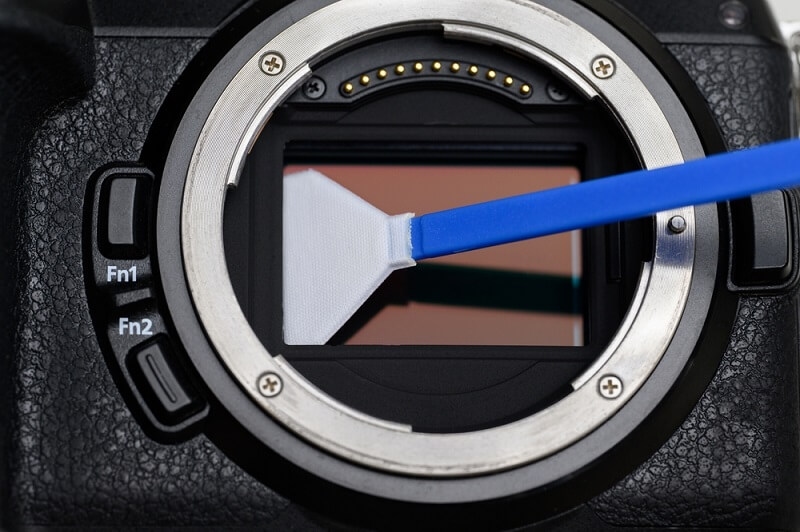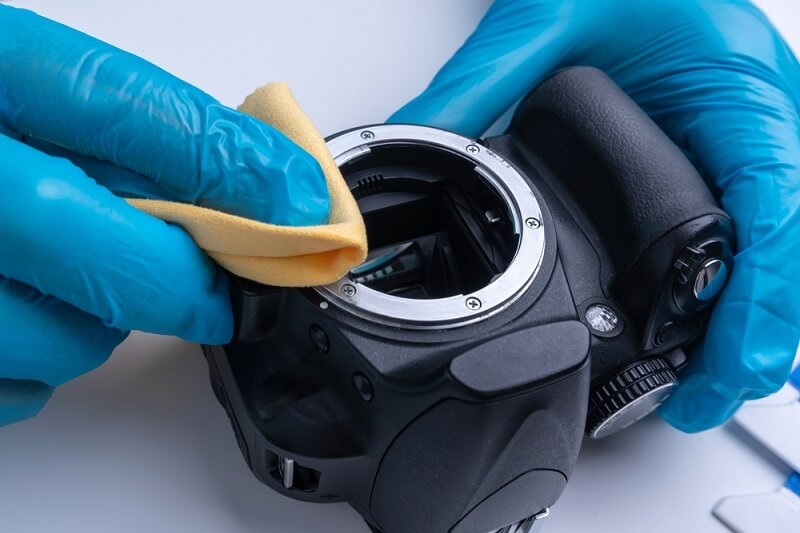
Maintaining a clean digital camera sensor is critical for taking sharp, expert, excellent pics. This digicam sensor cleansing guide walks you through the excellent practices to keep your sensor free from dust and smudges. Understanding how to cast off dirt from the sensor successfully, incorporating DIY sensor cleaning suggestions, and avoiding beginner errors with sensor cleaning guarantees your photos live perfectly. Whether you’re a picture enthusiast or an extreme amateur, following the proper steps and the usage of a secure cleansing device is key to protecting your digital camera’s maximum sensitive difficulty.
Before diving into cleansing, it’s critical to understand the problem. Common signs include:
Understanding these symptoms and signs can help you decide whether to use DIY sensor cleaning pointers or seek expert sensor care.

Learning to cast off dirt from the sensor nicely is essential for everybody searching for clean snapshots without risking damage. Here are stable techniques:
Practicing the one technique ensures you get rid of dust from the sensor without scratching or leaving residue.
For newbies, DIY sensor cleansing tips are beneficial:
These hints reduce the threat of errors and ensure stable, powerful cleaning each time.
Even with the notable intentions, amateur mistakes with sensor cleansing are common:
Avoiding these pitfalls ensures that your digital camera stays in peak condition and continues to produce the high-quality images that professional photographers count on.
Investing in the right tool is essential. Recommended stable cleansing gadgets encompass:
Using this equipment efficaciously minimizes the chance and permits you to perform recurring preservation with a bit of success.
Following an established digital camera sensor cleansing guide guarantees achievement.
If cussed spots persist in any other case, you feel uncertain and are searching for expert sensor care to avoid damage.
While DIY sensor cleansing hints work most of the time, a few situations require professional attention:
Professional sensor care offerings ensure that your device is cleaned correctly and punctually, regularly using ultrasonic or superior vacuum strategies.
How regularly do you need to ease your sensor? Factors embody:
For most photographers, examining their sensor every few months is ideal, and cleaning as needed is primarily based on image effects.
Establish a cleaning routine to develop comfort with your camera's sensor. Habits will help you further develop your sensor cleaning comfort.
These techniques will help extend your equipment's life and deliver consistent, high-quality images.
Long-term cleaning is not about sensor cleaning, but about sensor upkeep:
Establishing any of these practices above into your overall care practices will allow you to lessen dealing with your camera's sensor and help prevent you from performing routine deep cleans with your sensitive equipment.
Even with thorough cleaning, a digital camera sensor may still have issues that frustrate new photographers. In this guide to troubleshooting your sensor cleaning problem, you can identify and resolve issues that appear as streaks, smudges, or stubborn dirt dots. You'll also learn how to test for stubborn debris, properly use the right system, and understand when to utilize an expert cleaning. With these tips, you can keep your sensor clean, avoid damaging it, and the best part is that you can take crisp and colorful photos, so you can feel confident with each shot you take.
Addressing troubles immediately preserves both the sensor and your photograph exceptionally.
Keeping your digicam sensor clean is essential for capturing sharp, professional-looking images. This amateur-friendly camera sensor cleaning guide walks you through safe and powerful techniques to eliminate dirt and particles without damaging your tool. Learn how to use less-priced cleaning gear, exercise mild strategies, and frequently preserve your sensor to save you spots or smudges for your snapshots.
Whether you shoot landscapes, pictures, or ordinary moments, following this guide guarantees your camera performs at its best and helps you acquire clearer, more colorful snapshots with each shot.
This digital camera sensor cleansing manual provides a clear route for safe, powerful maintenance while building self-belief in using your tool.
Following a digital camera sensor cleaning manual guarantees your photographs live sharp, clean, and loose from distracting dust or smudges. By using safe strategies, the right gear, and consistent upkeep, even beginners can, with a bit of good fortune, smooth their sensors without risking harm. Regular care not only improves photo quality but also extends the lifespan of your camera gadget. Stick to those best practices, and you’ll experience pristine photos, hassle-free shooting, and a smoother photography experience so that we can showcase your creativity in every shot.
This content was created by AI